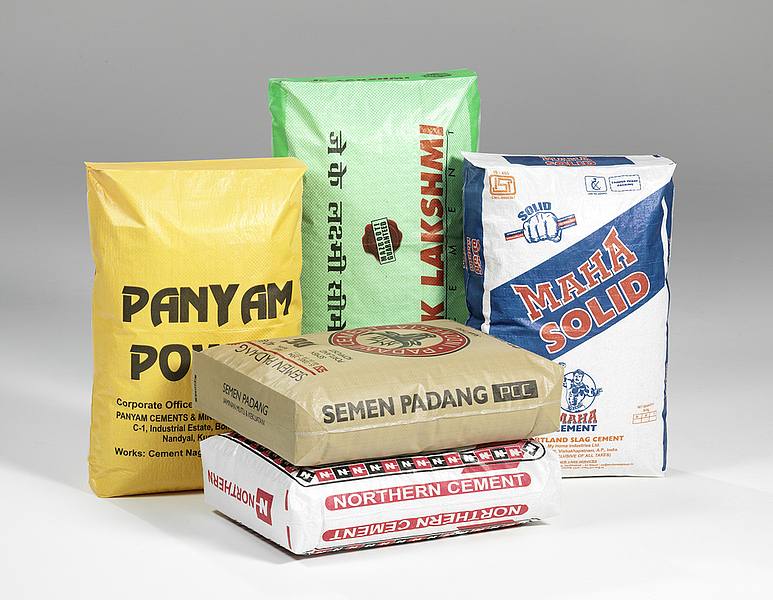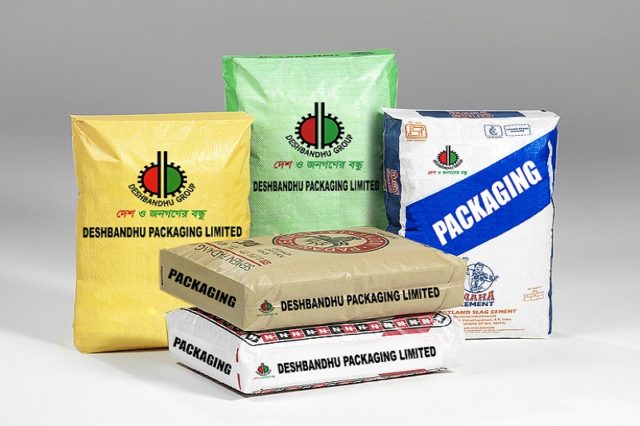Introduction
When it comes to packaging solutions for industrial products like cement, fertilizer, animal feed, or chemicals, choosing the right type of bag can make a significant difference in durability, efficiency, and product safety. Three of the most common types of packaging bags used today are Ad*Star bags, woven polypropylene bags, and paper bags. While each has its own advantages, Ad*Star bags are increasingly becoming the preferred choice in many industries due to their unique blend of strength, resistance, and cost-effectiveness.
So, when should you choose Ad*Star bags over woven or paper alternatives? Let’s break it down.
What Are Ad*Star Bags?
AdStar is a patented bag technology developed by Starlinger, an industry leader based in Austria, renowned for its innovation in textile machinery and packaging solutions. This unique bag design has revolutionized bulk packaging across industries due to its strength, efficiency, and versatility. Unlike traditional woven or stitched bags, AdStar bags are made from coated or laminated polypropylene fabric, a material known for its durability and resistance to external elements.
What truly sets Ad*Star bags apart is the hot air welding process used in their production. Instead of being stitched, the fabric panels are fused together using hot air, resulting in seamless joints that are much stronger and more resistant to wear and tear. This technique also creates a brick-shaped block bottom, which enhances shape retention and makes the bags ideal for stacking—saving space during storage and transport.
Functionally, Ad*Star bags are a hybrid of the toughness of woven bags and the visual appeal and printability of paper bags. They offer superior protection against moisture, making them ideal for packaging sensitive materials like cement, fertilizers, chemicals, and food grains. Their tear resistance ensures product safety during handling, while the lightweight construction contributes to lower shipping costs and easier manual handling.
In essence, Ad*Star bags offer a smart packaging solution where strength, stability, and brand presentation all matter. Their innovative design not only reduces packaging failures but also enhances product shelf life and logistics efficiency—making them a preferred choice across various demanding industries.
Comparing the Options

1. Durability and Strength
- Paper Bags are easily damaged by moisture and tend to tear under pressure. They’re suitable for dry environments and light-duty packaging.
- Woven Bags offer good strength but can fray or open if not stitched properly. They also require sewing, which can introduce weak points.
- Ad*Star Bags, on the other hand, are designed to withstand rough handling, stacking, and environmental stress. Their welded seams and laminated surface offer superior protection against wear and tear.
Choose Ad*Star when: You need packaging that can handle rough transportation, high stacking, and long shelf life without compromising the product.
2. Moisture Resistance
- Paper Bags absorb moisture easily, which can damage the contents inside.
- Woven Bags offer some water resistance when laminated, but stitching can still allow water to seep through.
- Ad*Star Bags are water-resistant thanks to their laminated polypropylene material and welded seams. This makes them ideal for environments with high humidity or exposure to moisture.
Choose Ad*Star when: Your product is moisture-sensitive or will be stored in damp or outdoor conditions.
3. Cost and Efficiency
- Paper Bags are relatively cheap but might require double-layering or inner liners to match the durability of plastic-based alternatives.
- Woven Bags are cost-effective but may incur additional costs for stitching, liners, and closures.
- Ad*Star Bags may have a slightly higher initial cost but offer long-term savings due to reduced product loss, lower breakage rates, and less need for double packaging.
Choose Ad*Star when: You want a cost-effective, high-performance solution with lower long-term operational costs.
4. Environmental Impact
- Paper Bags are biodegradable but not durable, often leading to product waste.
- Woven Bags are recyclable but may not be reused if torn or damaged.
- Ad*Star Bags are made from recyclable polypropylene and are designed for reuse, which reduces environmental impact over time.
Choose Ad*Star when: Sustainability is part of your brand or packaging strategy and product waste must be minimized.
5. Branding and Appearance
- Paper Bags offer excellent print quality and a natural look, making them popular for premium products.
- Woven Bags can be printed but often lack the clarity and finish that paper provides.
- Ad*Star Bags support high-quality printing, including flexographic and rotogravure processes. Their clean, sharp surfaces make them great for brand visibility and marketing.
Choose Ad*Star when: You need durable bags that also look good on the shelf and represent your brand effectively.
Also Read: AdStar Bags vs. Traditional Bags: Which One is Better?
Conclusion
While paper and woven bags still have their place in certain industries, Ad*Star bags offer a well-rounded solution that balances durability, functionality, and aesthetics. They are particularly well-suited for high-demand sectors like construction, agriculture, chemicals, and food production, where packaging failure can lead to significant losses.
Choosing the right bag isn’t just about cost—it’s about protecting your product, maintaining quality, and ensuring your brand stands strong all the way from production to the customer. If your goal is long-term reliability and high-performance packaging, Ad*Star bags are often the smartest choice.
